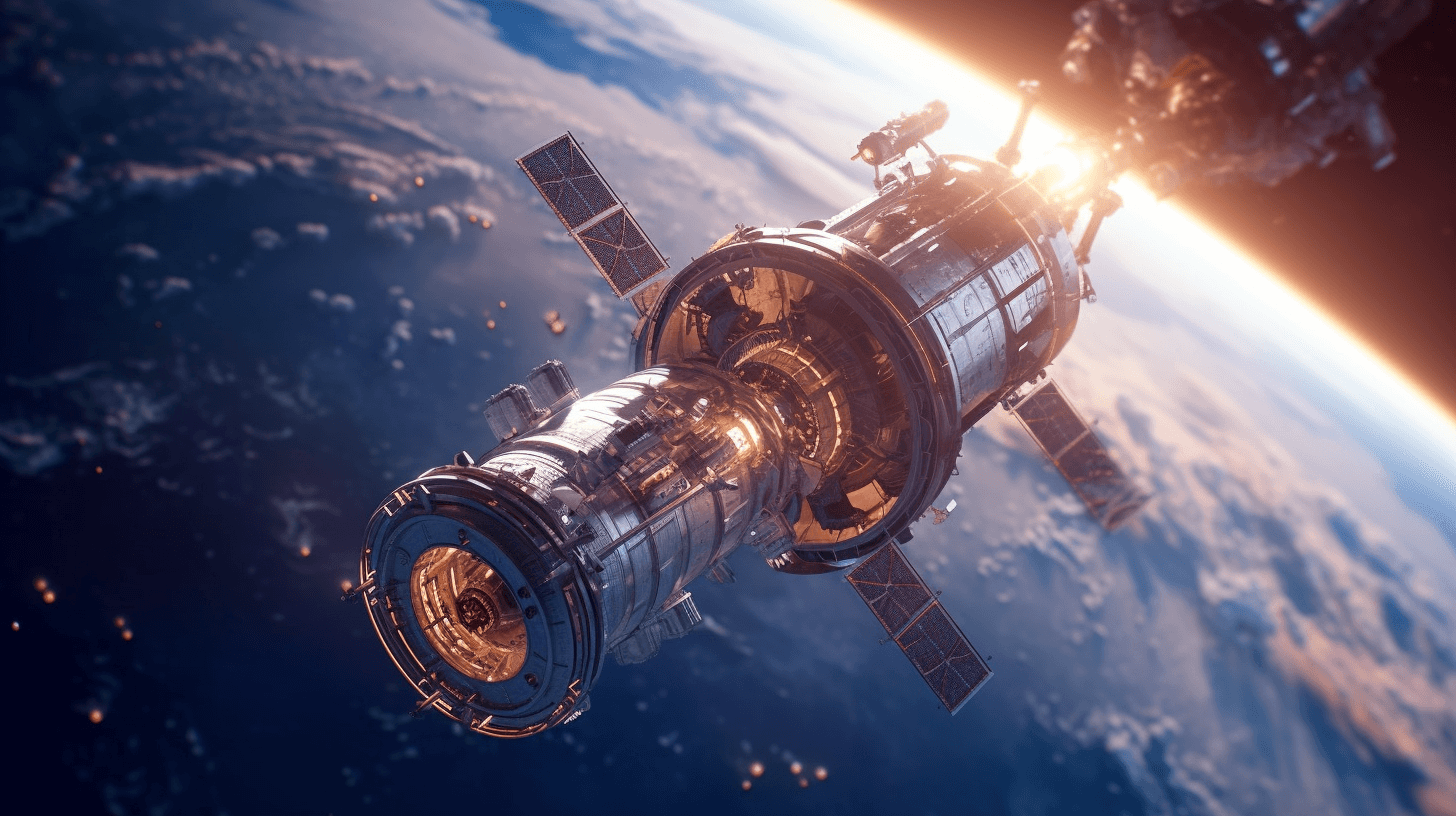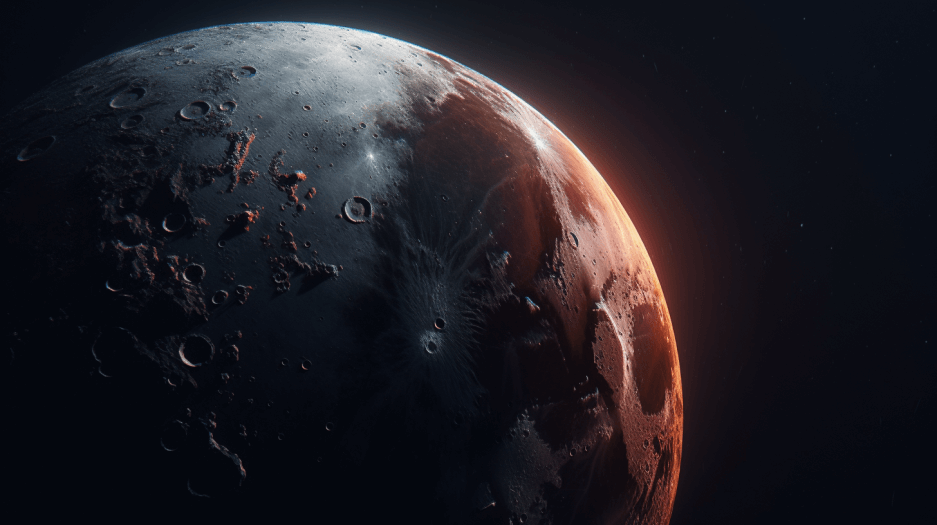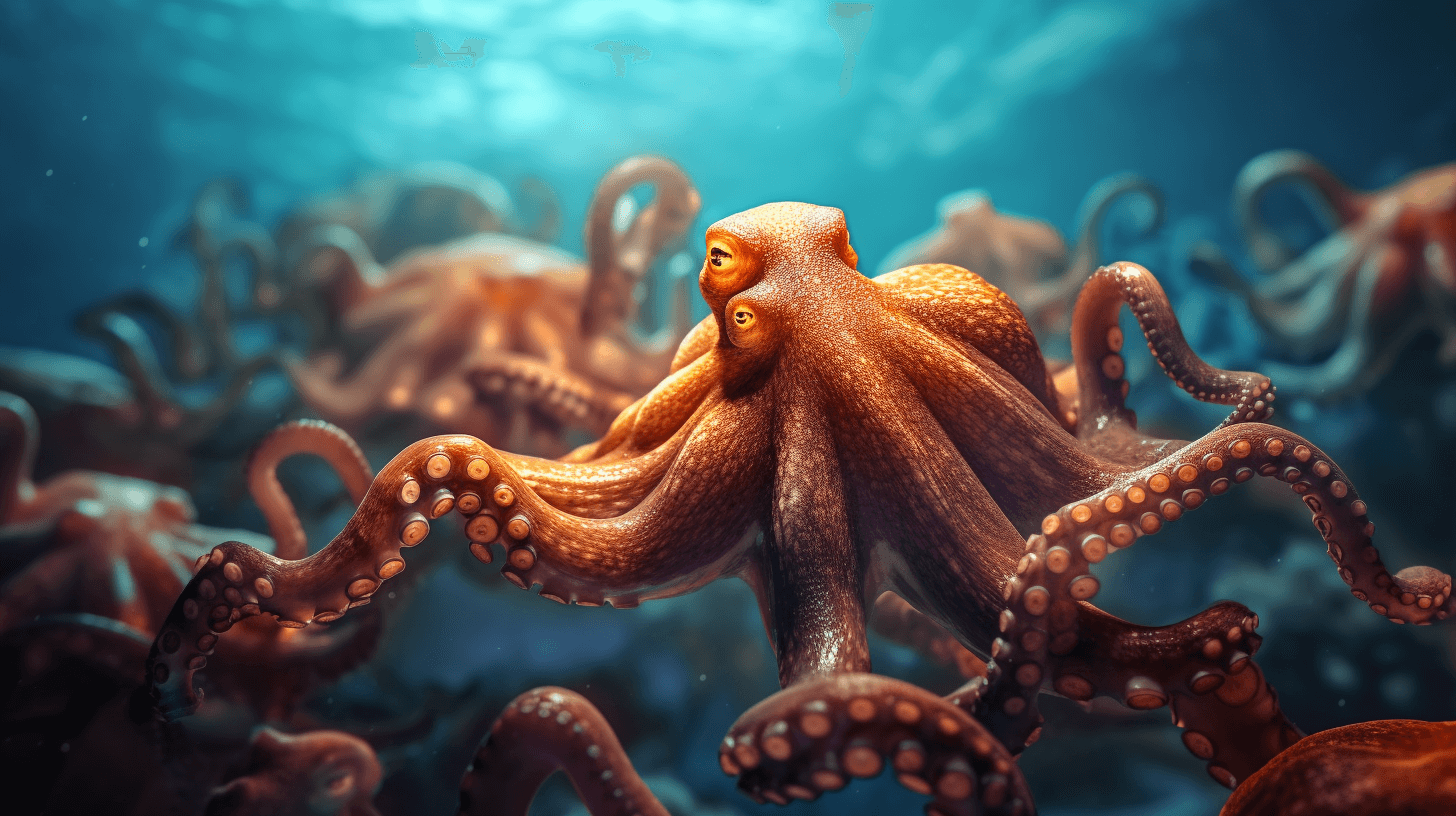🛸🔭 How One Harvard Kine Professah Turn Into Da Numero Uno Spacey Kine Alien Chasah
⬇️ Pidgin | ⬇️ ⬇️ English
No make mistake, braddahs and sistahs! Avi Loeb, dis Harvard guy, wen’ crank da astronomy world wit’ his big talk ’bout aliens 👽. He da kine most talked about stargazah in da whole U.S., an’ get plenny peepo scratchin’ dea heads 🤔.
So rewind back to Octobah 19, 2017, yeah? Dis telescope ova dea Maui side wen’ notice somethin’ supah spesho 🌠. Dem call ‘um Oumuamua, Hawaiian fo’ “scout” or “messenger,” cuz nevah seen nottin’ like ‘um befo’. Dis buggah wen’ travel from one oddah galaxy, pass by our own, an’ had everybody buzzin’ 🌌.
But ho, da ting had da kine weird shape, yeah? Like long and skinny, almost like one cigar 🚬. Plus, wen it wen’ come close to da sun 🌞, da speed wen’ jack up, but no can explain why wit’ just da sun’s gravity. Usually, comet’s do dat, but dis one nevah even had da watuh vapor or da kine tail fo’ show it’s one comet.
Das when Avi Loeb, dis theoretical astrophysicist from Harvard 🏫, wen’ make waves. One day, da buggah had one lightbulb moment 💡. He t’ink maybe da Oumuamua was like one “light sail,” catching da sun rays fo’ speed up! If he correct, den dis no ordinary rock from space. Could be one kine alien artifact!
Loeb, he da old-timah in da field, but always open to da wild t’oughts. He one kine chair guy fo’ astronomy at Harvard, write choke papers, and still he telling da world, “Eh, maybe da aliens wen’ visit, ah?” 🎥👽. Da media guys wen’ swarm his hale, ask ‘um all kine t’ings.
Aftah dat, Loeb went all-in, brah. He talking everyday, writing all kine stuffs, urging da scientific community fo’ be more open ’bout da possibility of E.T. kind life. 👾. Da buggah even wen’ launch da Galileo Project, wit’ da goal fo’ catch evidence of alien technology on top Earth 🌍.
Da universe big, ah? 🌌. We finding Earth-like planets all ovah. So Loeb say why not we consider da kine idea dat maybe oddah intelligent life-forms wen’ already come visit us. No need be so close-minded, yeah?
Some peepo tink Loeb jus’ aftah da fame 🤩. Oddahs say he no following da scientific method. But Loeb, he say he da one taking da real risks. “I’m putting my body on da barbed wire,” he wen’ tell me.
Loeb not jus’ talking, eh. He put togethah dis Galileo Project fo’ find concrete evidence. Set up all kine tech gears fo’ capture images of Unidentified Anomalous Phenomena, or U.A.P., wit’out da need fo’ depend on top secret military footage 📹👀.
From small kid time in Israel 🇮🇱, Loeb always been one thinker. He wen’ study all kinds, from black holes to da structure of da universe. He even work wit’ one billionaire fo’ send one probe to oddah star, all befo’ da Oumuamua stuffs wen’ happen. 👨🚀🚀
Recently, wit’ da U.S. government talking more ’bout U.A.Ps an’ all, it’s like da universe wen’ align perfectly fo’ Loeb. He taking dis as one sign fo’ keep pushing forward, keep asking da hard questions, an’ maybe, just maybe, prove dat we not alone in dis big kahakai of stars 🌠.
So if you one believer or jus’ curious, keep yo’ eyes on da sky an’ who knows? Maybe you see sometin’ mo’ than jus’ stars out dea. But fo’ sure, keep yo’ ears open fo’ what Avi Loeb get fo’ say next. Cuz dis buggah, he stirring up da pot big time, an’ only time goin’ tell if he onto sometin’ massive. 🌌🛸🔭
NOW IN ENGLISH
🌕💦 Searching for Ice on the Moon’s South Pole
Hey folks, there’s something intriguing happening up on the moon! We’re on the hunt for water, particularly if we aim to pay the moon a visit one day. 🚀
Now, the importance of finding water can’t be stressed enough. If astronauts plan on heading to the moon, landing near a water source would be ideal. Not only is water essential for drinking and survival, but its molecules can be separated into hydrogen and oxygen. This oxygen can be used for breathing, while both hydrogen and oxygen can be used as rocket fuels. This means astronauts can use them either to return to Earth or to venture into other parts of the solar system. 🌌🚀
But there’s a catch. Water is heavy. Transporting it from Earth to the moon isn’t just burdensome but can be quite a costly affair. 🌍➡️🌕
Rewinding a bit, the rocks that NASA’s Apollo astronauts brought back from their lunar missions between 1969 and 1972 indicated that the moon was devoid of water. However, as technology and research advanced, scientists started spotting hints of water ice in the deep craters, particularly those never touched by sunlight. The game-changer was India’s lunar orbiter, Chandrayaan-1. This mission played a pivotal role in confirming the presence of water on the moon. 🌚💧
Fast forward to today, a series of missions are set to explore the moon’s south pole. The main goals are to determine the quantity of water hidden in the shaded craters and to understand how challenging it might be to extract this water. If the water molecules are locked within minerals, it might pose a difficulty. But if they exist as ice mixed in the soil, extraction might be a tad easier. 🕳️🤔
Another fascinating angle to this is that if these craters have layered ice, they could act as historical records. Just as the ice cores in Greenland and Antarctica reveal Earth’s climatic past, the lunar ice might tell tales about the solar system’s history.
As we embark on this exciting journey of unraveling lunar mysteries, it’s clear that the cosmos has many stories waiting to be discovered, and we’re more than ready to dive in. Onwards! 🤙🌕📚







